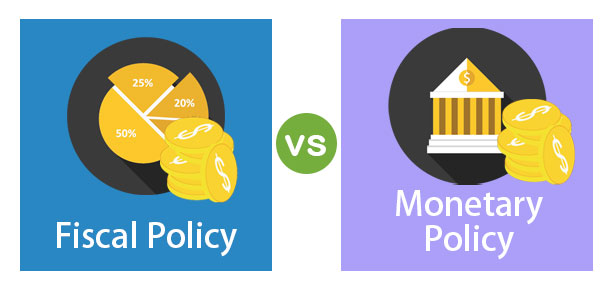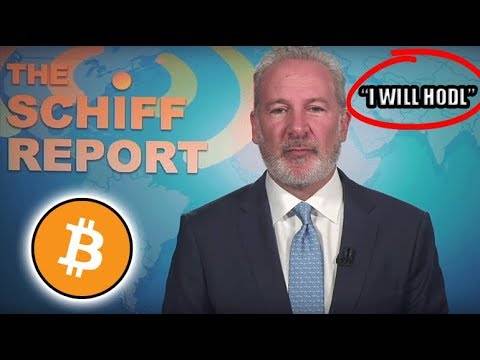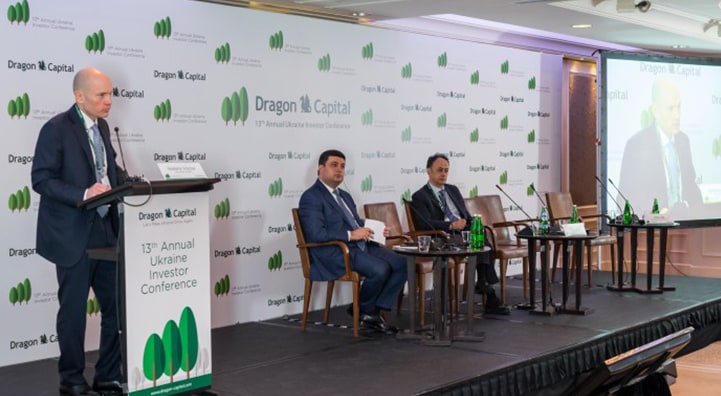Cost of Capital: Importance, Types and Factors Affecting
Contents
However this LOW bargaining power is off-stetted by low paying capacity of the patients and price reduction pressure from Insurance companies and government price cap regulations. As such bargaining power of customers/patient is “MODERATE” in healthcare industry. This will result in in-ability to increase the price and will have negative impact on cost of borrowings. Preferences of capital providers in terms of consumption or savings are other important factors that vary from person to person and country to country. If the capital providers bent towards consumption, the supply of capital would reduce and thereby increase in cost.
Cost of capital is often calculated by a company’s finance department and used by management to set a discount rate that must be beaten to justify an investment. For example, consider an enterprise with a capital structure consisting of 70% equity and 30% debt; its cost of equity is 10% and the after-tax cost of debt is 7%. The term cost of capital is used by analysts and investors, but it is always an evaluation of whether a projected decision can be justified by its cost.
When a company collects funds by issuing debentures, bonds and preference shares it has to earn at least a rate of return on investment which is equal to the cost of raising them. The cost of each component of capital is known as the specific cost of capital. A firm raises capital from different sources such as equity, preference, debentures, etc. Specific cost of capital is the cost of equity share capital, cost of preference share capital, cost of debentures, etc., individually.
Each firm has an ideal capital mix of various sources of funds – external sources and internal sources . While designing the capital structure, the main objective is to maximise the value of the firm (i.e., profit maximisation) and minimising the cost of capital. Cost of capital is the measurement of disutility of funds in the present as compared to the return expected to future. Non-cyclic/Defensive industry – Healthcare industry is non-cyclic and not majorly impacted on account of economic down turn/slow down. Although current pandemic will definitely going to cut down the income level of the population and will severely impact government expenditure and individual expenditure on preventive health-check up.
Because interest is a tax-deductible expense, the use of debt decreases the firm’s taxes compared to the use of equity. The cost of capital measures the cost that a business incurs to finance its operations. It measures the cost https://1investing.in/ of borrowing money from creditors, or raising it from investors through equity financing, compared to the expected returns on an investment. This metric is important in determining if capital is being deployed effectively.

Very naturally, the cost of capital in the form of debt is the interest which the company has to pay. The real cost is something less than the rate of interest which the company has to pay. However we also need to monitor the changes in health seeking behaviour, decreased DI this impacting the OPE segment of population who pays the highest tariff. Health insurance is sure going to gain momentum and they might resort to collective bargaining.
How does a firm’s tax rate affect its cost of capital?
If the debt content in the capital structure of a company exceeds the optimum level, the investors start considering the company as too risky and their expectations from equity shares increase. The cost of equity is also influenced factors affecting cost of capital by a company’s dividend policy. When a company makes profits, it can distribute them to the shareholders as dividends or reinvest them into the company as retained earnings or it can do both by deciding the dividend pay-out ratio.

Firstly, it wrongly assumes that the earnings per share will remain constant in future. Secondly, the market prices of the shares will not remain constant as the shareholders will expect capital gains as a result of reinvestment of retained earnings. Thirdly, all the earnings may not be distributed among the shareholders by way of dividend. Besides the above, there are external factors- economic conditions, tax considerations, market conditions and marketability of securities that affect the cost of capital. The composition of capital structure, that is, debt- equity mix affects the cost of capital of a firm. As the debt proportion increases, the average cost of capital decreases because debt funds are cheaper as they also offer tax advantages.
Factors that can affect cost of capital
While calculating the cost of equity capital, the problems arise whether cost of retained earnings should be included. 3) From the calculations indicates that debt capital is cheaper than preference and equity shares capital in case most of the enterprises. In this method proportion of each source in total capital structure is determined on the basis of the book value of securities. This involves the determination of share of each source of capital in the total capital structure of the company. Hence, cost of equity capital is found by relating earnings per share with its market price.

If a company is accepting or implementing projecting with IRR less than WACC, it means that it is not getting the best use of the investor’s capital and hence diminishing the wealth of the investors. Indirectly, it signals the investors to switch their capital to better investments. If they remain invested in the company, there are chances that they may not earn their required rate of return.
How to Calculate Cost of Capital?
This is the rate that banks charge each other for overnight loans of federal funds, which are the reserves held by banks at the Fed. This rate is actually determined by the market and is not explicitly mandated by the Fed. Therefore, the Fed tries to align the effective federal funds rate with the targeted rate by adding or subtracting from the money supply through open market operations. This moderating of interest rates affects a company’s WACC because of the importance of the risk-free rate in calculating the cost of capital.
- This will have the effect of increasing the net present value of the firm’s projects and hence its market value.
- For instance, as more securities are issued, additional floatation costs are incurred, which in turn tend to cause a rise in the cost of capital.
- Hence, cost of equity capital is found by relating earnings per share with its market price.
- Funds required for risky projects increase the cost of capital, as lenders demand a higher rate to compensate for their risk.
- On the contrary, in a deficit situation, Fed would sell Treasury securities or mint money.
However, for initiatives outside the core enterprise of the corporate, the present cost of capital will not be the suitable yardstick to use, because the dangers of the companies are not the same. Combining the cost of fairness and the price of debt in a weighted average provides you with the company’s weighted common value of capital, or WACC. This fee can be considered the required price of return, or the hurdle price of return, that a proposed challenge’s return must exceed in order for the company to contemplate it a viable investment.
Once cost of debt and cost of equity have been determined, their blend, the weighted average cost of capital , can be calculated. This WACC can then be used as a discount rate for a project’s projected free cash flows to the firm. Generally, companies issue equity shares, preference shares and debentures. It is the cost of one investment opportunity which is sacrificed for getting another investment opportunity. So implicit cost arises when the firm thinks in terms of different alternative opportunities of investment with the available funds at its disposal.
The most common approach to calculating the cost of capital is to use the Weighted Average Cost of Capital . Under this method, all sources of financing are included in the calculation, and each source is given a weight relative to its proportion in the company’s capital structure. An increase in tax rate effectively decreases the cost of debt, decreasing WACC.
Optimal capital structure is the one where overall cost of capital is minimum and the overall valuation of the firm is maximum. Similarly, in case of Internal Rate of Return Method , the resultant IRR is compared with the cost of capital. It is expected that if a project is to be accepted, IRR resulting from the same should be more than cost of capital. If a project generates ERR which is less than cost of capital, the project will be rejected. Explicit cost of any source may be defined as the discount rate that equates the present value of the funds received by a firm with the present value of expected cash outflows. The concept of capital can be conveniently employed as a tool in making other important financial decisions.
Breakpoint of marginal cost of capital
The cost of capital is largely dependent on the sources of finance. It is important to understand the factors that affect the cost of capital in order to minimize the overall cost of capital. There are several factors that may be controlled by the firm and many more that may be beyond the control of the business enterprise. Out of these, which source should be used at a particular point of time is to be decided by comparing costs of different sources of financing.
Since a company with a high cost of capital can expect lower proceeds in the long run, investors are likely to see less value in owning a share of that company’s equity. The weighted cost of capital is used in finance to measure a firm’s cost of capital. Rather, it represents the minimum return that a company must earn on an existing asset base to satisfy its creditors, owners, and other providers of capital, or they will invest elsewhere. According to the traditional approach and the net income approach, a firm can change its overall cost of capital by changing debt-equity mix.
One major downside with IRR is the possibility of acquiring a number of rates of return (a number of “roots”) when solving for the IRR of an investment. This can happen in the uncommon case the place money flows change erratically from positive to unfavorable greater than once in the course of the life of the funding. A shut relationship exists between WACC and IRR, nevertheless, as a result of together these ideas make up the decision for IRR calculations. The weighted average value of capital is the speed that an organization is predicted to pay on average to all its safety holders to finance its belongings.

















